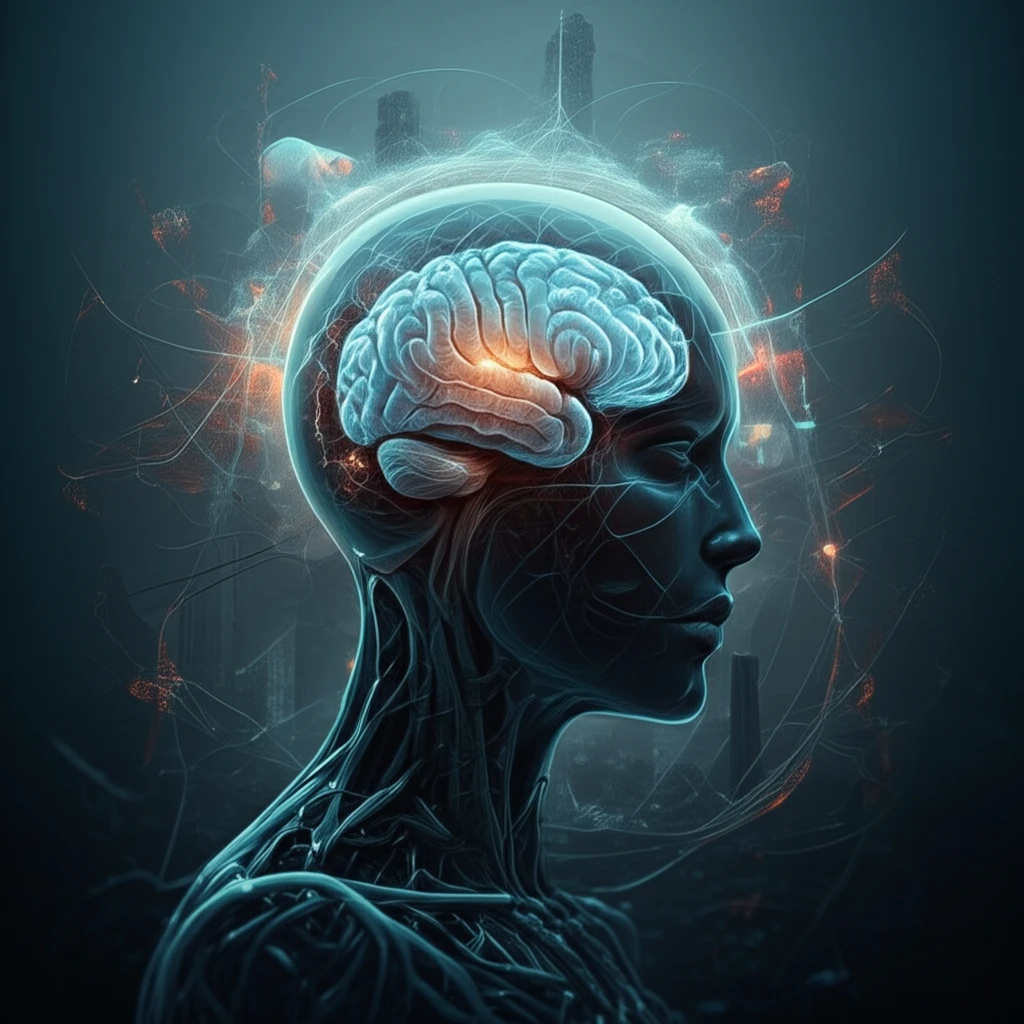
Unlocking the Mystery: How Brain Structure Relates to Persistent Negative Symptoms in Psychosis
"New research sheds light on the link between the amygdala, hippocampus, and the challenging symptoms of psychosis, offering hope for early intervention and improved outcomes."
Negative symptoms are a significant obstacle for individuals experiencing psychosis, often leading to reduced motivation and a lack of goal-directed behavior. These symptoms, when persistent, can severely impact a person's ability to function and thrive in daily life. Understanding the underlying causes is crucial for developing effective treatments.
A recent study published in Translational Psychiatry has uncovered a fascinating connection between the structure of the brain, specifically the amygdala and hippocampus, and the presence of persistent negative symptoms (PNS) in individuals experiencing their first episode of psychosis (FEP). This research offers valuable insights into the neurobiological basis of these symptoms.
The study differentiated between those with early persistent negative symptoms (ePNS), those with secondary persistent negative symptoms (sPNS) and those without PNS to explore how volume and shape of hippocampus and amygdala play in role with age.
The Amygdala-Hippocampus Connection: What the Research Reveals

The research team, led by C Makowski and M Lepage, utilized magnetic resonance imaging (MRI) to examine the brain structures of individuals with FEP. They focused on the amygdala and hippocampus, two brain regions known to play critical roles in emotional processing, motivation, and memory. The study compared patients with early persistent negative symptoms (ePNS), patients with persistent negative symptoms due to other factors (sPNS) and those without PNS.
- Reduced Volumes: Individuals with ePNS showed significantly smaller volumes in the left amygdala and right hippocampus compared to those without PNS.
- Age-Related Changes: The relationship between age and brain structure differed significantly. In individuals with ePNS, the amygdala and hippocampus showed different patterns compared to the other groups.
- Surface Area Differences: Morphometric analysis revealed decreased surface area in specific regions of the amygdala in ePNS patients compared to other patient groups and controls.
Implications for Early Intervention and Treatment
This research highlights the importance of early identification and intervention for individuals experiencing psychosis. Understanding the neurobiological basis of persistent negative symptoms can pave the way for more targeted and effective treatments. Further studies are needed to fully elucidate the complex interplay between brain structure, age, and symptom presentation in psychosis. By parsing apart these symptom constructs, researchers can develop more precise diagnostic tools and therapeutic strategies to improve outcomes for those affected.
